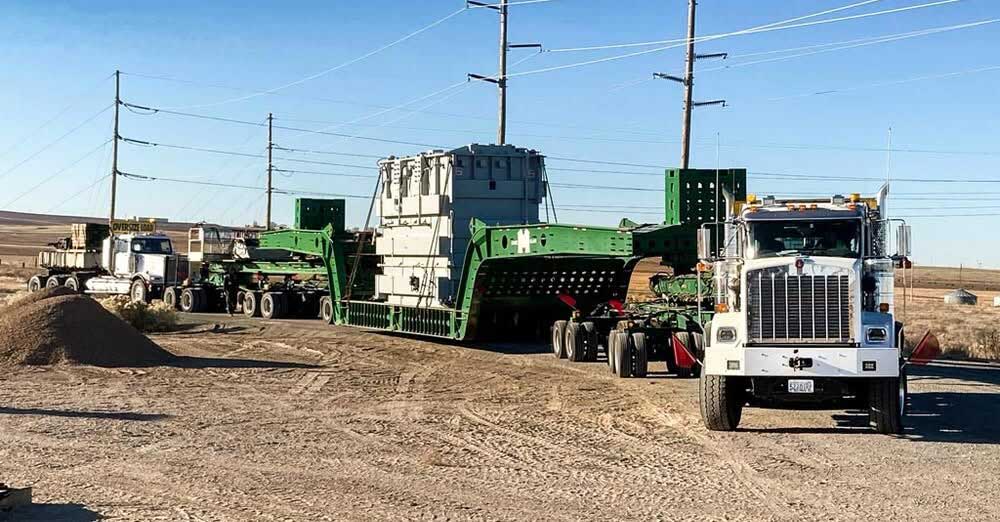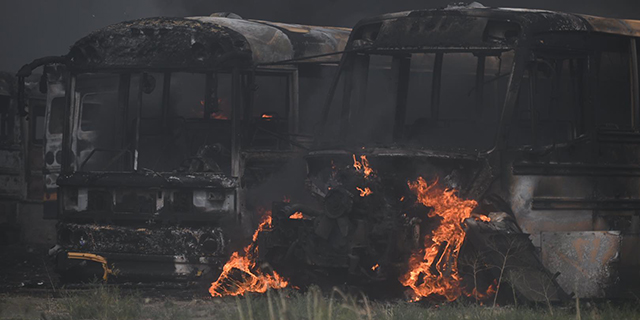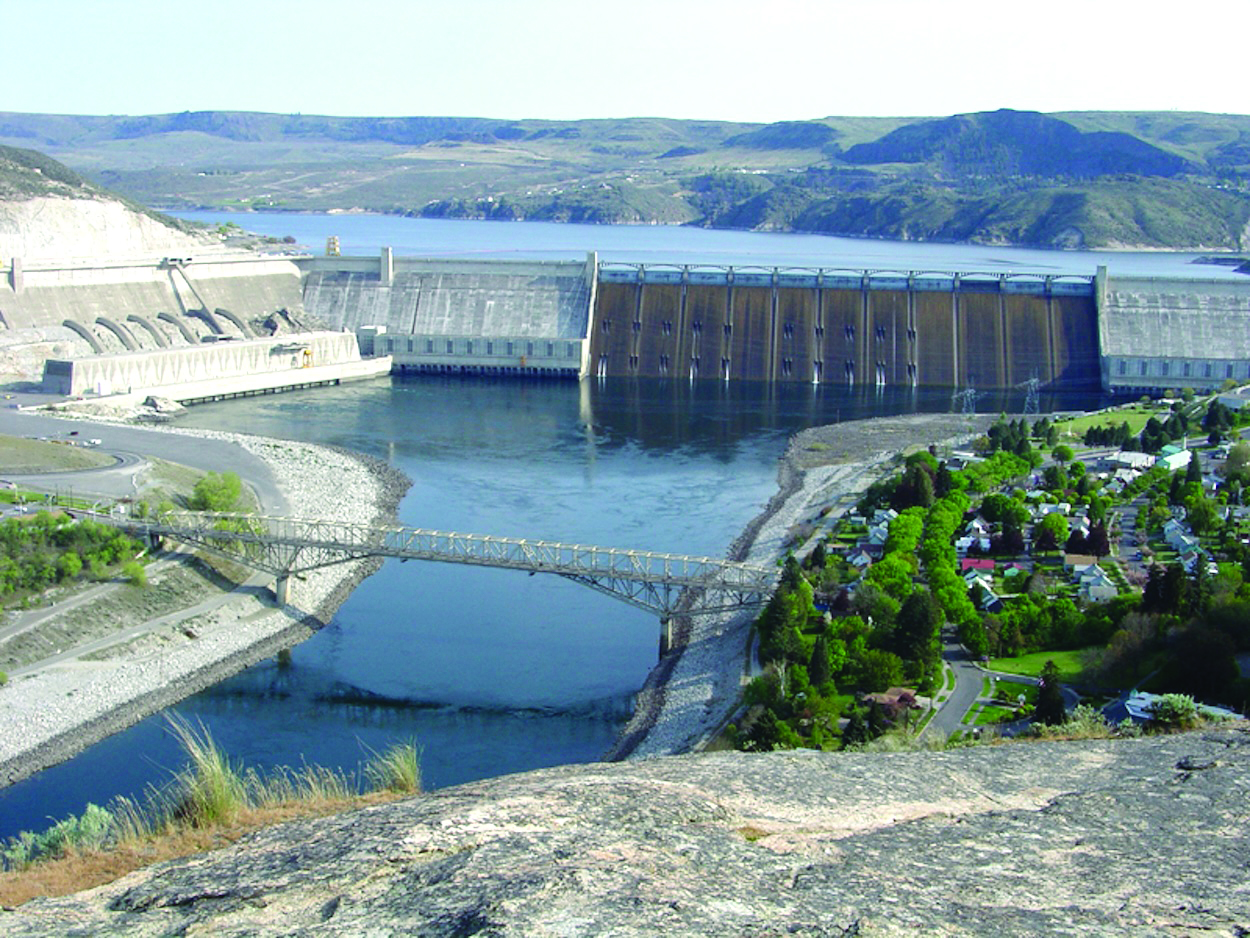Northwest wheat leaders hope to avoid extreme heat pre-harvest
Published 9:52 am Monday, June 9, 2025

- Erin Hansell-Heideman, is president of the Oregon Wheat Growers League. Jeff Malone is president of the Washington Association of Wheat Growers. Jonathan Rosenau is president of the Idaho Grain Producers. (Photos by Matthew Weaver/Capital Press)
The leaders of the Pacific Northwest wheat farmer organizations are hoping for little impact as temperatures turn hotter before harvest.
“We’re hopeful for an average to above-average harvest this year,” said Erin Hansell-Heideman, Oregon Wheat Growers League president and Ione, Ore, farmer. “If we can avoid extreme heat spikes and get some timely rain, we’ll be in a good position.”
“Moisture’s always one of our biggest limiting factors, especially in this area,” said Jeff Malone, Washington Association of Wheat Growers president, a farmer in Douglas and Grant counties.
“In years past, we’ve had crops really good, come on strong and then come May-June, we don’t get any rains and excessive heat seems to burn it up.”
“If we don’t get rain in the next week (it’s) going to be a horrible harvest,” said Jonathan Rosenau, president of the Idaho Grain Producers Association, a Nezperce, Idaho, farmer. “Lots of damage already done.”
‘The American farmer is struggling’
The three presidents were elected during the Tri-State Grain Growers Conference in Coeur d’Alene, Idaho, in November. All serve a one-year term.
All three spoke of the importance of grower involvement as their organizations advocate on behalf of the industry to state and national lawmakers.
“With higher inputs, equipment, transportation and such, the American farmer is struggling,” Rosenau said.
The biggest challenge is maintaining competitiveness on the global market while navigating increasing regulation, input costs and uncertain weather patterns, Hansell-Heideman said.
“We need stable trade agreements, improved and maintained transportation infrastructure like river navigation and rail, and ongoing investment in wheat research, particularly for pest resistance, drought tolerance and new varieties,” she said.“Ultimately, however, as a mom who’s had all brothers and raised all sons, I just want to do my level best to make (farming) an attractive life option for one of our boys.”
Higher wheat prices and a stronger reference price for crop insurance are the biggest needs Malone cites.
“I don’t want to be too grim, but I think we’re already past the turning point for some farms,” he said. “It’s hard to come back from these kind of times.”
Malone believes the industry always struggles in years where there’s a presidential turnover.
“There’s just a lot of uncertainties, a lot of people with their hands in the air saying, ‘I don’t know what’s going on,’” he said.
WAWG and the Washington Grain Commission discuss the best possible outcomes and present a united message, he said.
“There’s less and less farmers every year, especially when markets are like this,” he said. “But it is key to have farmer involvement. It’s just one of those things that cannot be forgotten. We need to get out there, we need to advocate, we need bodies in seats giving our message.”
Message to farmers
“Keep showing up,” Hansell-Heideman said. “Every farmer I know has a work ethic second to none. Every one of us is doing the best we can to protect the environment, feed people and take care of our families. This life isn’t easy, but it’s a gift.”
“We’re losing 14 farms and ranches a week in Washington state,” Malone said. “Man, we need people to spread their story and put the message out there.”
“Be safe, keep the farmer grit and push forward through these troubling times,” Rosenau said. “God bless the American farmer and their families.”





